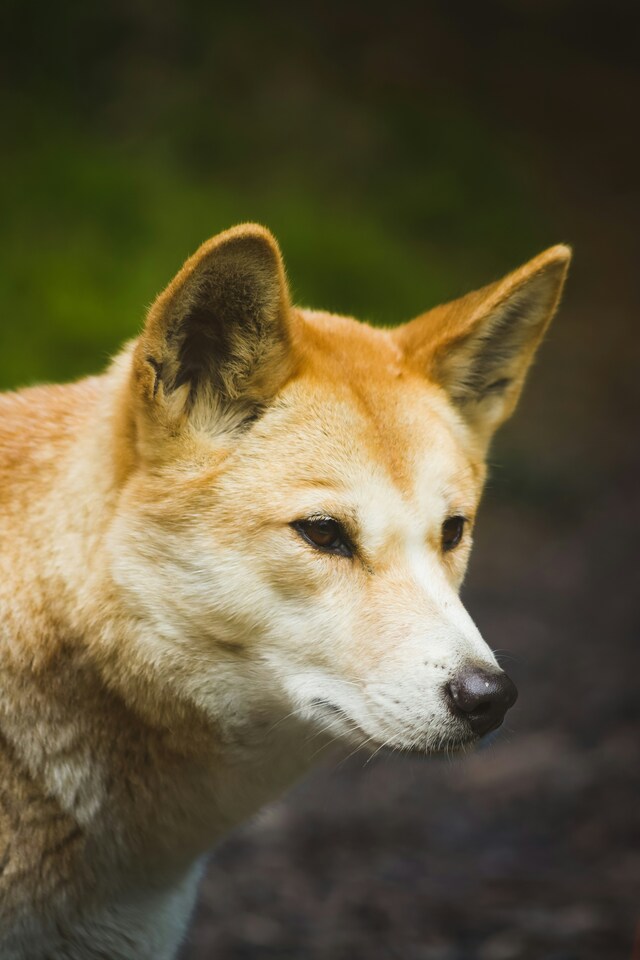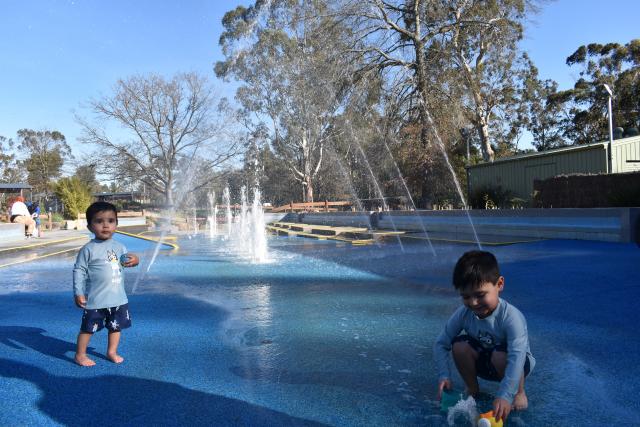The immediate future of dingo management in Victoria has been decided, with the Victorian Government outlining what protections the native canines will have in different parts of the state.
The Victorian Government, and other state governments, began a review of their dingo and wild dog management policies after a pair of 2019 and 2021 studies from the University of New South Wales found that most wild canine species across the country are either pure dingoes or dingo-dominant hybrids (more than 50 per cent dingo genes).
On 24 September, the Victorian Government announced that the dingo unprotection order, which allows landowners to use lethal control on dingoes, has been continued in eastern and north-eastern Victoria while they will continue to be protected in the northwest.
“We are striking the right balance between protecting our vulnerable dingo populations while giving farmers the ability to protect their livestock, and we will regularly engage to ensure settings continue to achieve this balance,” Minister for Environment Steve Dimopoulos said.
“We’re supporting Traditional Owners to care for Country – and providing more resources to analyse statewide dingo population trends and effective conservation management measures.”
The dingo unprotection order, which allows for the lethal control of dingoes on private land and along the boundaries of public land, was ended in the north-west in March this year after research from the Arthur Rylah Institute data showed there could be as few as 40 dingoes left in the region.
“Renewing the unprotection order gives stability and certainty to livestock producers in the northeast and eastern Victoria, enabling them to continue to protect their livestock from dingo predation,” Minister for Agriculture Ros Spence said.
“We’re supporting our northwest farmers with a $2 million package into non-lethal dingo management strategies to protect their livestock and future.”
The Gembrook, Noojee and Erica wild dog management zone outlines the townships in the outer east where dingos remain unprotected. In the Yarra Ranges, these are Avonsleigh, Badger Creek, Beenak, Big Pats Creek, Cambarville, Cockatoo, Coldstream, Don Valley, East Warburton, Fernshaw, Gembrook, Gilderoy, Gladysdale, Gruyere, Healesville, Hoddles Creek, Launching Place, McMahons Creek, Millgrove, Mount Toolebewong, Narbethong, Powelltown, Reefton, Seville, Seville East, Three Bridges, Toolangi, Warburton, Wesburn, Woori Yallock, Yarra Junction and Yellingbo.
Chair of the National Wild Dog Action Plan Coordination Committee Geoff Power said they’re extremely happy with the announcement.
“It shores up the livestock and particularly the sheep industry in the north-east of the state, which is an important source of income for the state and employs a lot of people,” he said.
“We’re really disappointed that they’re going to continue to fully protect dogs in the north-west, we believe that the system that they had prior to the announcement in March was a good one, it had the balance between production and the environment and biodiversity.”
Animal protection organisation Animals Australia previously launched a challenge to the Order in Council [the dingo unprotection order] in the Supreme Court last year.
Animals Australia’s Legal Counsel Shatha Hamade said Animals Australia holds grave concerns about the impact of this decision.
“The dingo plays a crucial role in keeping natural ecosystems in balance, dingoes are a listed threatened species under law, and this decision stands to threaten the presence of this significant species in Victoria’s ecosystem,” she said.
“There has been a lack of adequate consultation, and a lack of transparency, in the making of this decision. Animals Australia has written to the Victorian Government seeking reasons for the decision to extend the dingo unprotection Order for another three years.”
An extra $2 million has been allocated to support farmers to adopt non-lethal control methods and undertake dingo monitoring in the north-west, on top of $550,000 back in March, which will help fund research, trials and expert advice.
The Victorian National Parks Association (VNPA) expressed dismay at the decision to extend the unprotection order, which allows for lethal control such as baiting, trapping and shooting within 3km of National Parks and Protected Areas.
VNPA Parks and Nature Campaigner Jordan Crook said they know Dingo are an important part of Australian ecosystems.
“Continuing to kill them will see the continued decline of our ecosystems, the government must not sit on their hands until 2028 to make a better decision, at minimum, a heap more work needs to be done to trial and embed alternative solutions,” he said.
The VNPA held a webinar about protecting Dingoes on Wednesday 25 September, which included conservation geneticist Dr. Kylie Cairns, Biodiversity Project Officer at Wadawurrung Traditional Owners Aboriginal Corporation Kelly Ann Blake and Director of the Australian Dingo Foundation Mel Browning.
Ms Browning said the government’s decision is gut-wrenching.
“This decision has been made with little transparency, and that is going to lead to the mass killing of a native species on public land,” she said.
The VNPA did welcome the investment in non-lethal deterrents and the end of the wild dog component of the Victorian Fox and Wild Dog Bounty program.
Mr Power said he believes any pest control measure is a good thing.
“I believe you’ve got to use every tool you’ve got in your department to control pest animals but personally, I believe we’re better off putting money into baits rather than putting bounties on things,” he said.
Hunters will be further incentivised to target foxes however, with the bounty for foxes to increase from $10 to $14 per scalp until 30 June 2025.
Mr Power said he’d like to see more detail on the Victorian Government’s efforts in the north-west as well as the decision to expand the Wild Dog Management Program to a wider range of vertebrates including deer, foxes, pigs and wild cats, renamed the Vertebrate Species Management Program.
“As a committee, we have suggested to the Victorian Government that they send trackers in and trap dogs and put radio collars on them so that they can track the dogs’ movements and also ascertain what their groupings are,” he said.
“We would want to see that $2 million go on the ground, it’s no good just having talkfests about these things, these non-lethal methods of protecting livestock can work in small areas, but my mail is that you need a Maremma dog for roughly every hundred sheep and that’s a pretty costly process,”
“It just depends on the coordination and the cross-pollination of ideas [in the Vertebrate Species Management Program], all these best animals are different so it just depends how they attack it.”







